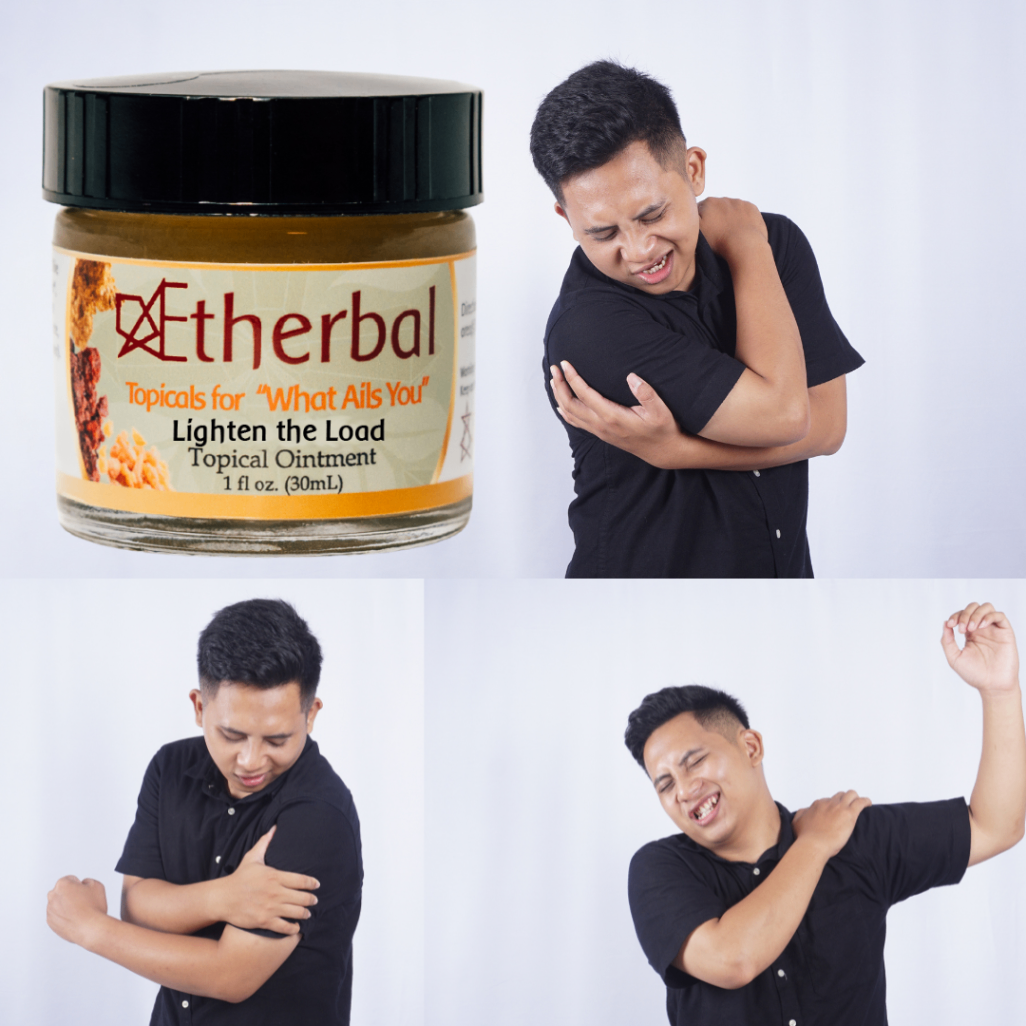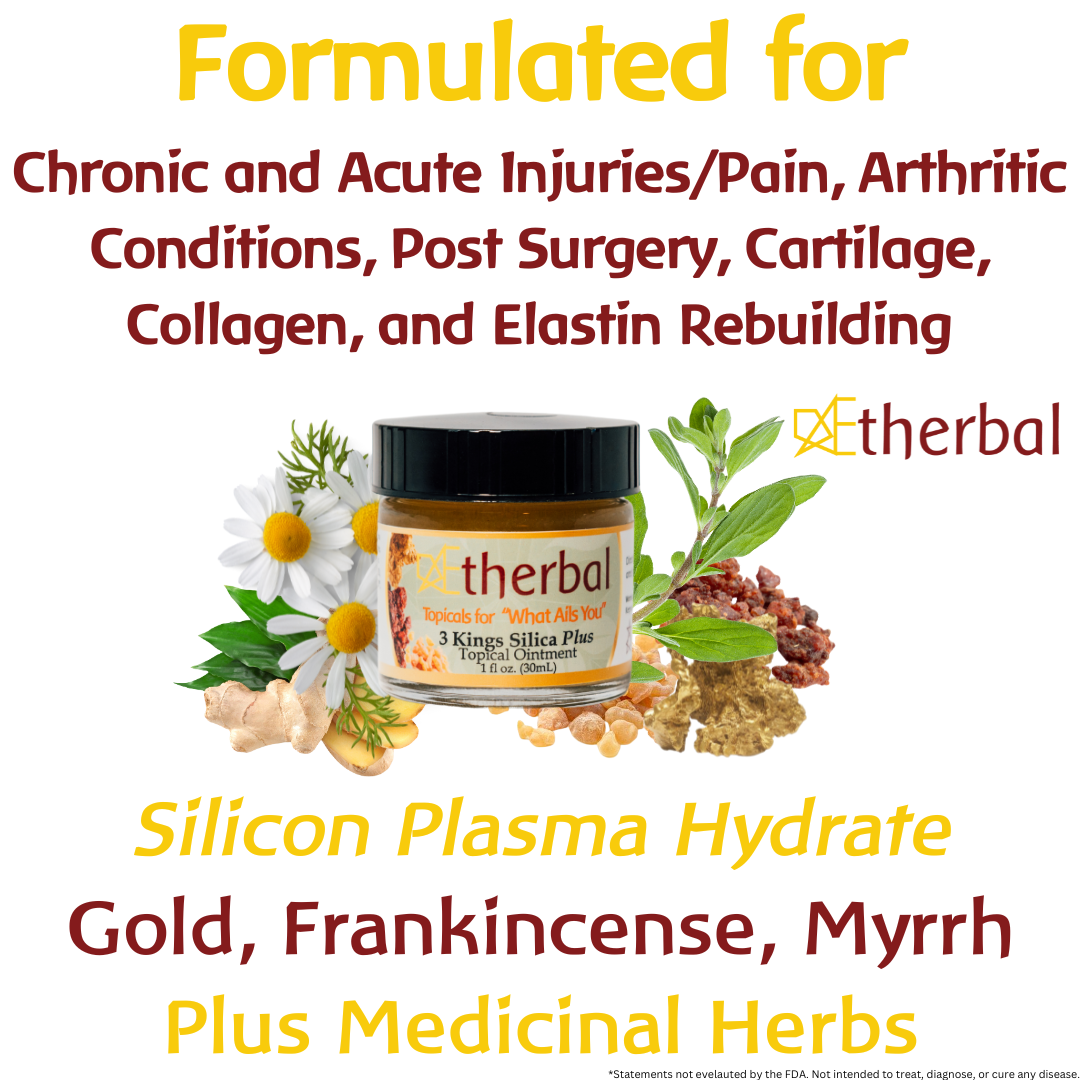Living with fibromyalgia means dealing with widespread pain, fatigue, and sleep issues that can make everyday tasks feel overwhelming. While there's no cure, the good news is that many natural approaches can significantly reduce symptoms and improve your quality of life.
If you've been stuck in the same routine of managing your fibromyalgia, it might be time to try some fresh strategies. Here are 15 natural relief methods that could make a real difference in how you feel day to day.
Movement-Based Relief
1. Try Water-Based Exercise
Swimming and water aerobics are game-changers for fibromyalgia. The buoyancy of water supports your joints while providing gentle resistance. Many people find they can move more freely in water without the pain that comes with land-based exercise. Start with just 10-15 minutes and gradually increase as your body adapts.
2. Explore Tai Chi
This ancient Chinese practice combines slow, flowing movements with deep breathing. A 2018 study following 226 people with fibromyalgia found that practicing tai chi once or twice weekly was as effective as aerobic exercise for symptom relief. The gentle nature makes it perfect for those days when regular exercise feels impossible.
3. Gentle Daily Stretching
Just 10 minutes of stretching each morning can help reduce muscle tension and stiffness. Focus on areas that commonly tighten up - your neck, shoulders, hips, and calves. The key is consistency rather than intensity.

4. Yoga for Fibromyalgia
Research shows that yoga can improve fibromyalgia symptoms and coping skills, with benefits lasting months after practice. Look for gentle or restorative yoga classes specifically designed for chronic pain conditions. Online classes let you practice at your own pace at home.
5. Regular Massage Therapy
Professional massage helps release muscle tension and promotes relaxation. If regular sessions aren't in your budget, consider learning self-massage techniques or asking a partner to help with gentle pressure point relief.
Topical and External Support
6. Try Targeted Topical Relief
Quality topical ointments can provide localized relief without systemic side effects. AEtherbal's "Lighten the Load" is specifically formulated for fibromyalgia pain and contains natural botanical ingredients like ginkgo and rosemary that support pain relief and circulation.
7. Heat and Cold Therapy
Alternating between warm baths and cold packs can help manage pain flares. Epsom salt baths are particularly soothing - the magnesium can be absorbed through your skin and may help with muscle relaxation.

Nutritional Approaches
8. Anti-Inflammatory Eating
Focus on whole foods rich in omega-3s, antioxidants, and fiber. Think fatty fish, leafy greens, berries, and nuts. Many people with fibromyalgia notice improvements when they reduce processed foods and sugar.
9. Magnesium Supplementation
Many fibromyalgia patients are deficient in magnesium, which plays a role in muscle and nerve function. Consider adding a high-quality magnesium supplement or increasing magnesium-rich foods like dark leafy greens, nuts, and seeds.
10. Vitamin D Optimization
Low vitamin D levels are common in fibromyalgia patients. Since most of us don't get enough sun exposure, especially during winter months, supplementation might be necessary. Have your levels tested first to determine the right dosage.
11. Omega-3 Fatty Acids
These healthy fats help reduce inflammation throughout the body. If you don't eat fish regularly, consider a high-quality fish oil or algae-based omega-3 supplement.
Sleep and Stress Management
12. Create a Sleep Sanctuary
Poor sleep makes fibromyalgia symptoms worse, so optimizing your sleep environment is crucial. Keep your bedroom cool, dark, and quiet. Invest in blackout curtains and consider a white noise machine if needed.
13. Practice Deep Breathing
Stress amplifies fibromyalgia pain, and elevated cortisol levels make symptoms worse. Simple breathing exercises can activate your body's relaxation response. Try the 4-7-8 technique: breathe in for 4 counts, hold for 7, exhale for 8.

14. Try Meditation or Mindfulness
Even just 10 minutes daily of mindfulness practice can help reduce pain perception and improve coping skills. Apps like Headspace or Calm offer guided meditations specifically for chronic pain.
Alternative Therapies
15. Consider Acupuncture
This ancient practice has shown promise for fibromyalgia relief. A 2019 review suggested acupuncture might be more effective than medication for both short and long-term pain management. Look for a licensed acupuncturist experienced in treating chronic pain conditions.
Making It Work for You
The key to success with natural fibromyalgia management is finding the right combination of strategies for your unique situation. Start with one or two approaches that feel most doable for you right now. Maybe that's adding a daily 5-minute stretching routine and trying a topical pain relief ointment like 3 Kings Silica Plus, which combines natural healing ingredients with silica for tissue support.

Remember that consistency matters more than intensity. Small, regular actions often produce better results than sporadic intense efforts. Keep a simple symptom diary to track which strategies help most on your difficult days.
It's also worth noting that what works can change over time. Your body's needs may shift with seasons, stress levels, or life changes. Stay flexible and be willing to adjust your approach as needed.
The Bottom Line
Living well with fibromyalgia isn't about finding a magic cure - it's about building a toolkit of strategies that help you manage symptoms and maintain your quality of life. These 15 natural approaches give you plenty of options to explore, whether you're dealing with a pain flare or looking to prevent one.
The most important thing is to be patient with yourself as you try new approaches. Some strategies might provide immediate relief, while others take weeks or months to show their full benefits. Work with healthcare providers who understand fibromyalgia and support your interest in natural management approaches.
Your journey with fibromyalgia is unique, and the combination of strategies that works best for you might be different from what helps someone else. That's perfectly normal. The goal is to build a personalized approach that helps you feel more in control of your symptoms and more like yourself again.





